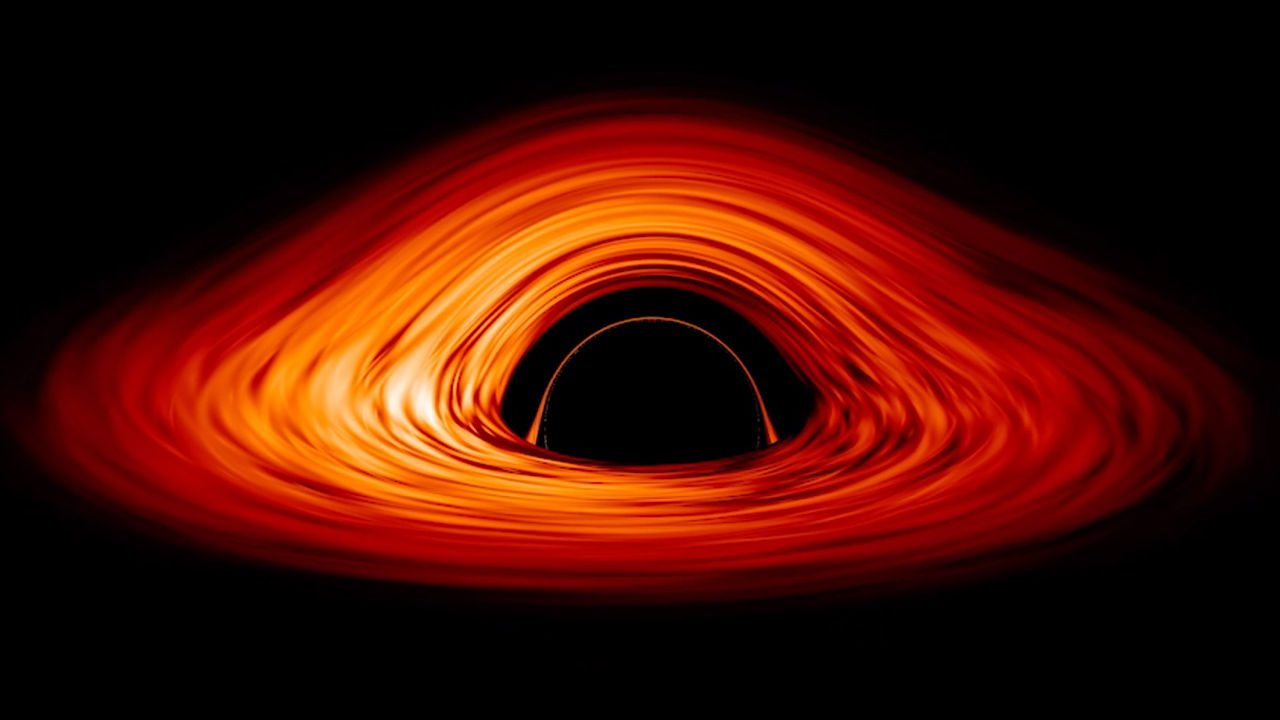In 1915, Albert Einstein predicted in his Theory of General Relativity the massive gravitational pull of black holes is so great that it twists magnetic fields and bends lightwaves. Today, scientists have observed what goes on behind a black hole for the first time and provided evidence to support his theory.
Led by astrophysicist Dr. Dan Wilkins, a team of researchers observed bright x-ray flares coming from behind the supermassive black hole at the center of spiral galaxy I Zwicky 1 –800 million light-years away from Earth. They used the powerful ESA’s XMM-Newton and NASA’s NuSTAR space telescopes.
Over a hundred years ago, Einstein said that there are objects so massive that light cannot escape them –black holes. What goes in, doesn’t come out. With that in mind, it would have been reasonable to think that we would not be able to see light behind a black hole, but the new research says otherwise.
The team –Wilkins, Gallo, Costantini, Brandt, and Blandford– was originally studying how black holes rip atoms and electrons apart and the bright x-ray light surrounding it as a result. The “corona,” or the light surrounding a black hole’s event horizon, is believed to be the result of gas falling into the black hole and forming a spinning disk around it. When the ring nears the speed of light, the heat twists magnetic fields until they snap and release their energy as x-ray electrons.
The black hole being studied shot x-rays directly at earth, as they expected, but also discerned x-rays coming from the exact opposite direction. First, they saw bright flares of x-rays. After a delay, they saw smaller flashes of x-rays that had different wavelengths or “colors.” The smaller x-rays were identified as light reflected from behind the black hole, their wavelengths slightly altered as a result of the extreme gravitational field.
The analysis of the x-ray flares revealed flashes of photons that “reverberate off the far side of the disk, and are bent around the black hole and magnified by the strong gravitational field. Observing photons bent around the black hole confirms a key prediction of general relativity,” reads the Nature report.
In simpler terms, a light emitted on the backside of a black hole (or away from us) is redirected in Earth’s direction as a result of the intense gravitational pull of the supermassive celestial body.
This supported Einstein’s predicted-but-never-confirmed theory of black holes being so massive that they warp the very fabric of space, their magnetic fields mirroring light waves with a slight delay. This very phenomenon allowed the scientists to study the processes taking place behind a black hole for the first time.
In the future, the team hopes to use this phenomenon to create 3D maps of black holes and their surroundings.


